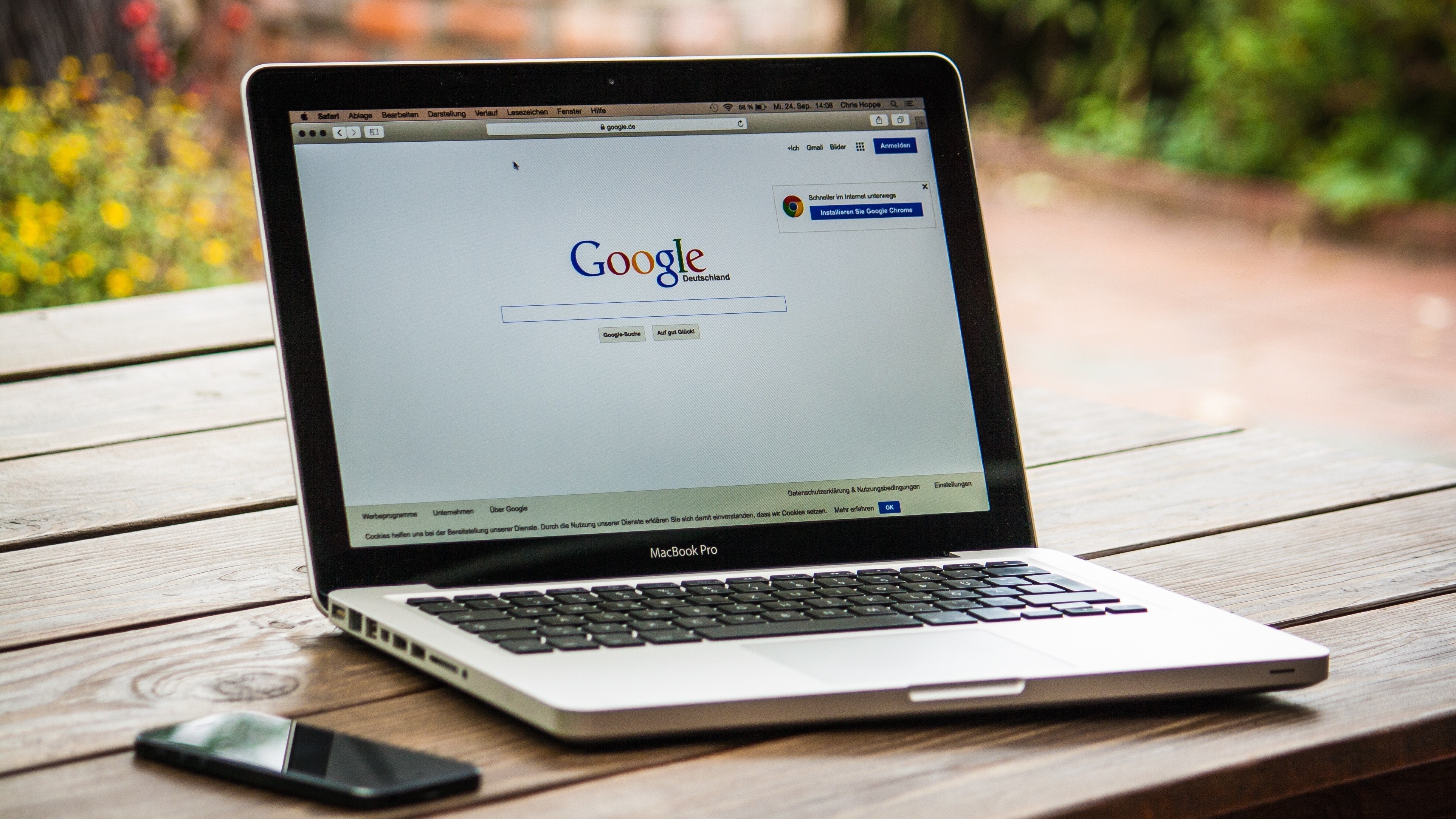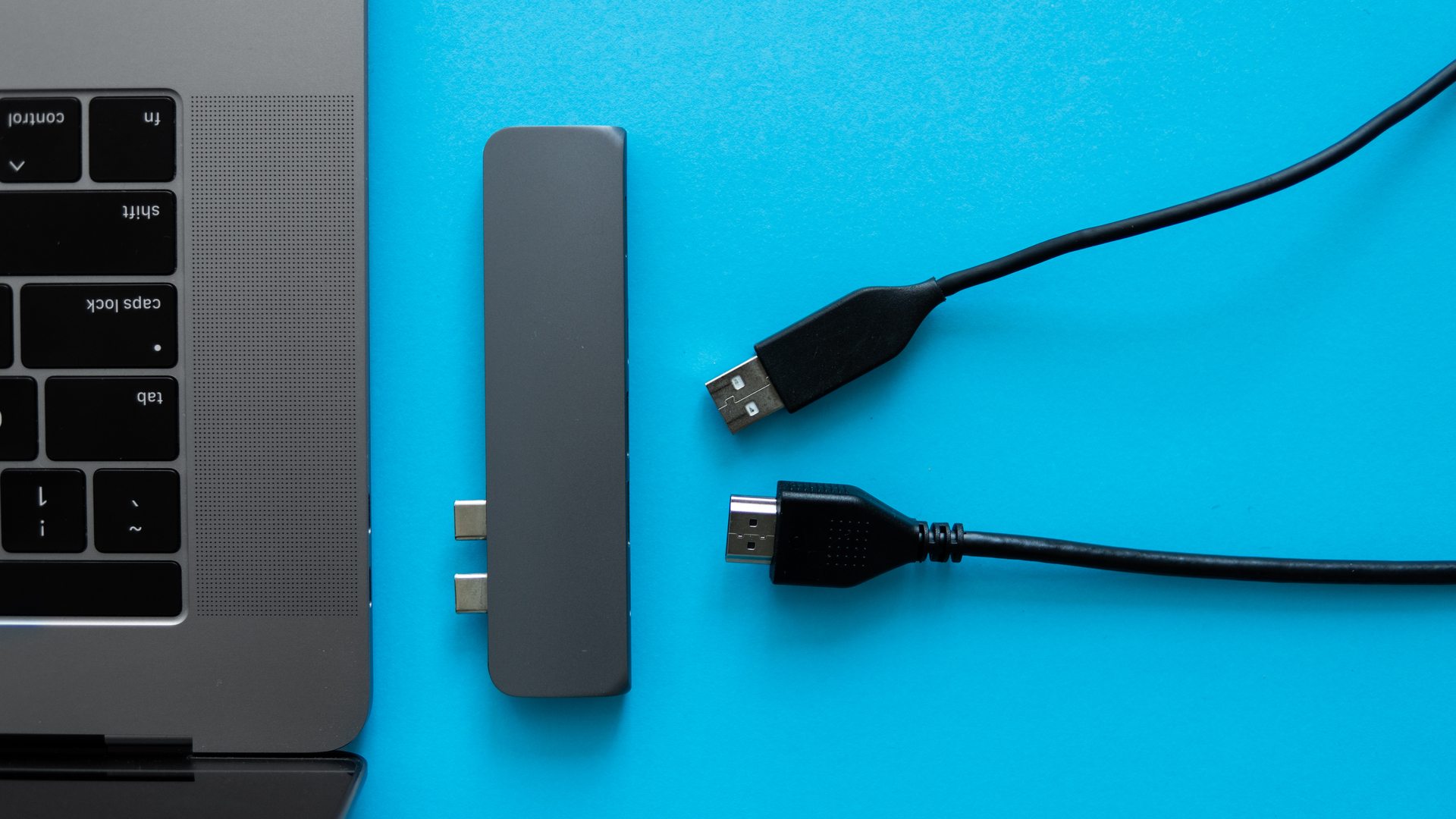The pandemic has changed a lot in the business world, with many companies moving to partial or full remote working. With that, their needs are changing - office space is out, and technology to operate from anywhere is in - especially when it comes to business laptops.
The business laptop used to be a means to an end, accompanying and assisting an employee on any given task. Now, the business laptop provides any given employee with a connection to their entire organisation, and is often the only way to get work done.
When searching for the right laptop to fill every need presented throughout the workday, you’ll need to consider a number of key items. Although not exclusive, we think these are the main features that should be taken into consideration.
- Also check out our roundup of the best mobile workstations
1. Operating system
Three main operating systems are dominating the laptop world right now - Windows, Linux and MacOS. While all have their pros and cons, they both get the job done, and for the average employee, there may be no right or wrong answer, although for some industries, and some specific job roles, one may be a necessity.
The choice can come down to which operating system integrates best with the workflows and applications you utilize the most. For insurance, medical firms may see Windows as the better option due to its software capabilities - whereas for creative fields, such as video editing, photography, music creation, and so on, MacOS is often the preferred choice.
- We've also picked out the best alternative operating systems

2. Processing power
Depending on what tasks, applications, and workflows are being tackled, processing power is another vital consideration when finding the right business laptop. If workers are simply performing Google searches and occasionally typing a document, an entry-level, cheaper laptop can be an ideal solution. However, if 4K video editing, music production or image rendering is required, the processing demands can rise dramatically.
One thing that is always wise in purchasing technology that will be relied upon for work of any kind is to buy with the future in mind, if possible. In practice, this means buying a computer that will last some time and potentially support future software updates, as software often outpaces hardware, and eventually most software will not be supported on dated hardware.
- These are the best 2-in-1 laptops available today
3. Storage
No matter what work is being done on a business laptop, it’s important to make sure that there is enough internal storage to house the activity. If you do need a boost, there is always the option of external hard drives or cloud storage through any number of providers (Google Drive, Box, Dropbox, OneDrive, iCloud, etc.) - although this can take longer to find and work on files, and the time to load, save and edit can also be affected depending on the type of external storage used.
- We've also rounded up the best portable SSD

4. Connectivity
The amount of laptop connectivity options can vary drastically, as some laptops pack just a singular USB-C port, whereas others have a wide array of ports available. Once again, keeping in mind what workflow will be utilized with a laptop can help in the decision-making process for what device to get. If you will not need a lot of peripherals plugged into the laptop, a single USB-C (or similar) could be ideal . However, for those job roles that demand the likes of a full size HDMI output, SD card reader, USB-A ports, and an Ethernet port, this will alter the type of laptops to consider.
One thing to keep in mind is that with the rise of USB-C, Thunderbolt 3 and Thunderbolt 4, the expansion via a singular USB-C (or Thunderbolt) port is nearly limitless. Where an HDMI port can only ever be an HDMI port, USB-C (Thunderbolt) can be video or audio out, power and Ethernet in, data transfer, and more. In many cases, all of this can be run via one USB-C (Thunderbolt) port utilizing dongles, hubs, and/or adapters, making it ideal for a range of work purposes. All this, while keeping the clutter down to a minimum.
- These are the best laptop docking stations on the market
5. Features
As the business world changes working conditions, the future of laptops will have to adapt as well. Now, one of the most frequent and common things that any individual working remotely does throughout the workday is take part in virtual meetings. This requires a camera, a microphone, and speakers. Speakers have been a focus of laptops in the past, but the camera and microphone have always just been adequate. The next wave of laptops are going to need to make the integrated camera and microphone a priority to appeal to the next wave of customers — remote workers. And, if the camera is being upgraded, may as well make the laptop able to unlock with my face.
- Also check out the best business webcams
Finding the right business laptop for you
Regardless of the laptop, every worker is going to have to find the right solution for them. A data processor is going to have different needs than someone who edits movies on their laptop.
- We've also featured the best business laptops
from TechRadar - All the latest technology news https://ift.tt/3BnoXve
EmoticonEmoticon